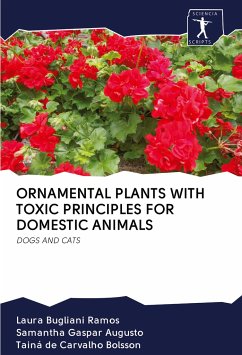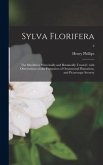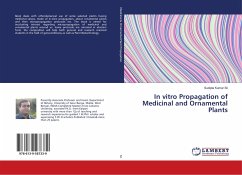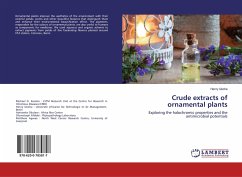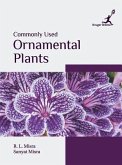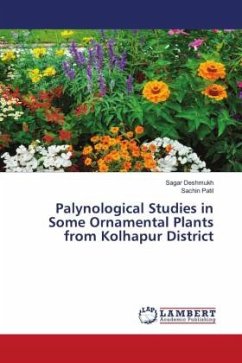Ornamental plants are widely used in residential and interior garden decoration, since they are colorful and attractive plants, and therefore attract the interest of domestic animals such as dogs and cats and can cause intoxication if eaten, chewed or touched. The lack of information about these toxic ornamental plants becomes dangerous when contact between them and domestic animals is possible. The objective of the work was to make a diagnosis of the presence of ornamental plants with toxic principles for dogs and cats found in residential gardens in the neighborhood of Jardim Paulista in the city of Ribeirão Preto - SP. During the data collection, 47 different species of toxic ornamental plants were found, with Samambaia (Pteridium aquilinum) and Zamioculca (Zamioculcas zammifolia) being the most incident.
Hinweis: Dieser Artikel kann nur an eine deutsche Lieferadresse ausgeliefert werden.
Hinweis: Dieser Artikel kann nur an eine deutsche Lieferadresse ausgeliefert werden.

